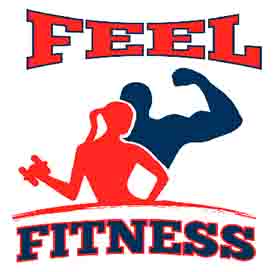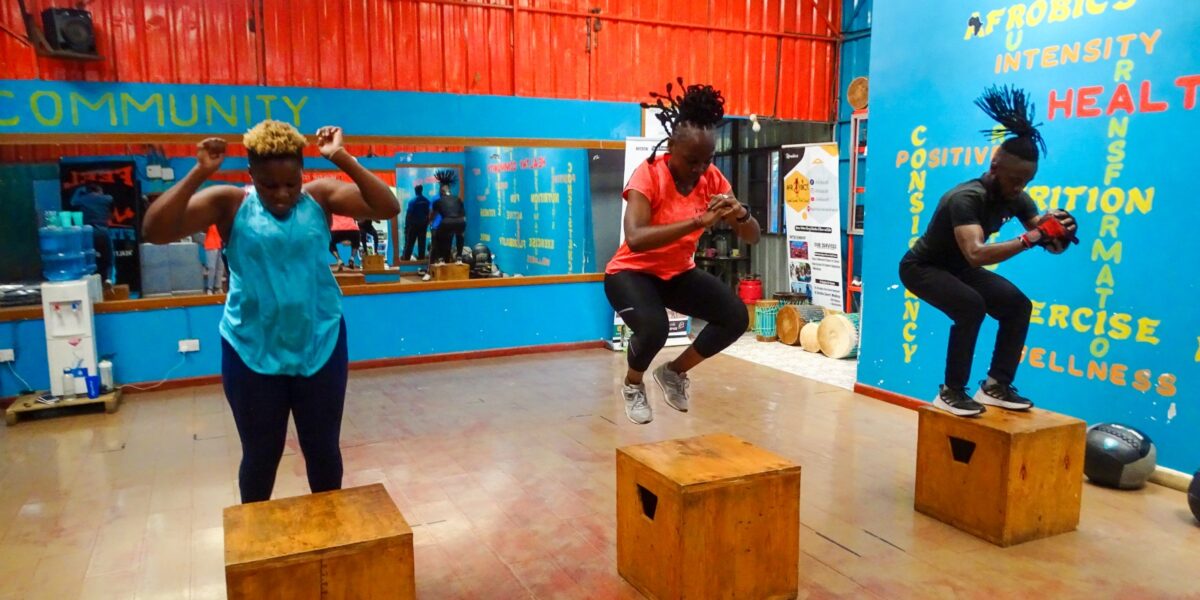Some exercises like the bench press, biceps curls, lat pull-downs, leg press, ab crunches are an easy go-to, especially for men in most fitness facilities across the globe. The only challenge is that after doing these exercises for an extended period of time they might find they’ve hit a plateau. A plateau refers to a period during which an individual’s progress or improvement in physical fitness levels off or stagnates despite continued efforts. This can happen in various aspects of fitness, such as strength, endurance, or weight loss. Plateaus can occur for several reasons.
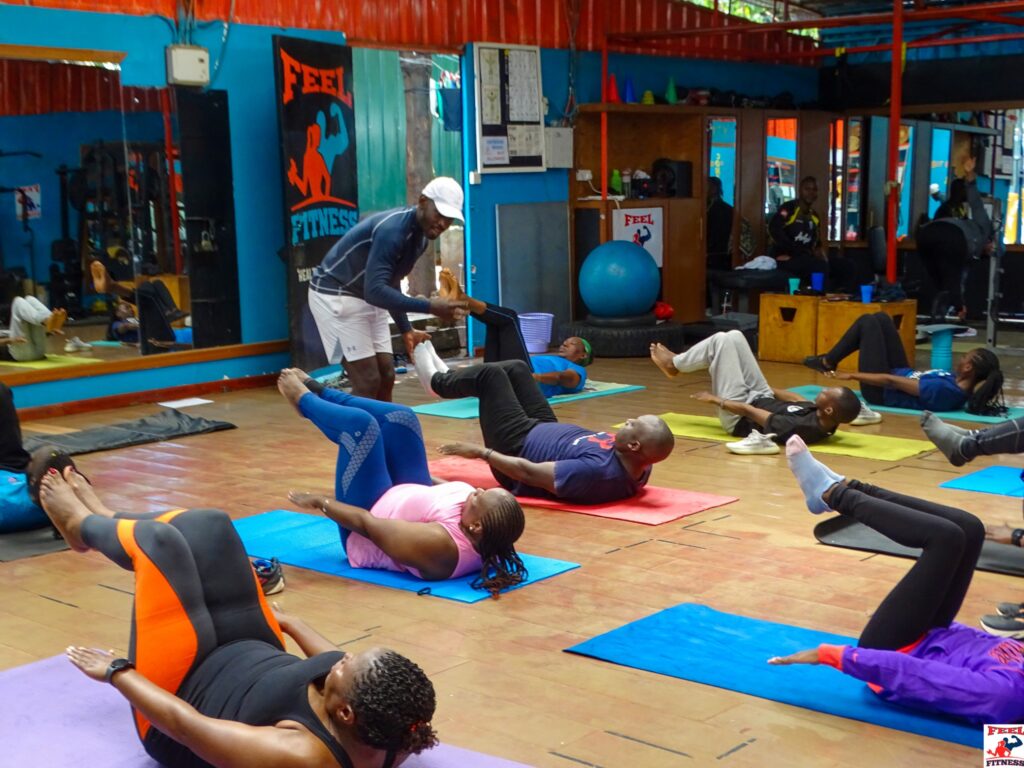
Adaptation.
Initially, when you start a new exercise routine, your body responds quickly to the new stimuli, resulting in rapid gains. However, over time, your body adapts to the stress of the exercise, and the rate of progress slows down.
Overtraining.
Sometimes, pushing too hard without adequate rest and recovery can lead to plateaus or even a decline in performance. Your body needs time to recover and adapt to the stress of exercise. Look out for symptoms such as loss of interest, irregular sleep patterns and loss of appetite. These are clear signals of overtraining.
Lack of variation.
Doing the same exercises or routines repeatedly can lead to plateaus because your body becomes efficient at performing those specific movements. Introducing variation in your workouts can help prevent plateaus by challenging your body in new ways.
Nutritional factors.
Poor nutrition can also contribute to plateaus. Without proper fueling and recovery nutrition, your body may not have the necessary resources to support muscle growth and repair.
MOVE IN DIFFERENT DIRECTIONS.
Think of exercise as a pure movement in the four planes, front, back, left, and right. Our bodies are made to move while using multiple joints and muscles at a time. The fundamental patterns of movement are the bend and lift (hip hinge or squat), single-leg (lunge or step-up), push to the front and overhead, pull from the front and overhead, and rotation.
SPICE UP YOUR ROUTINE.
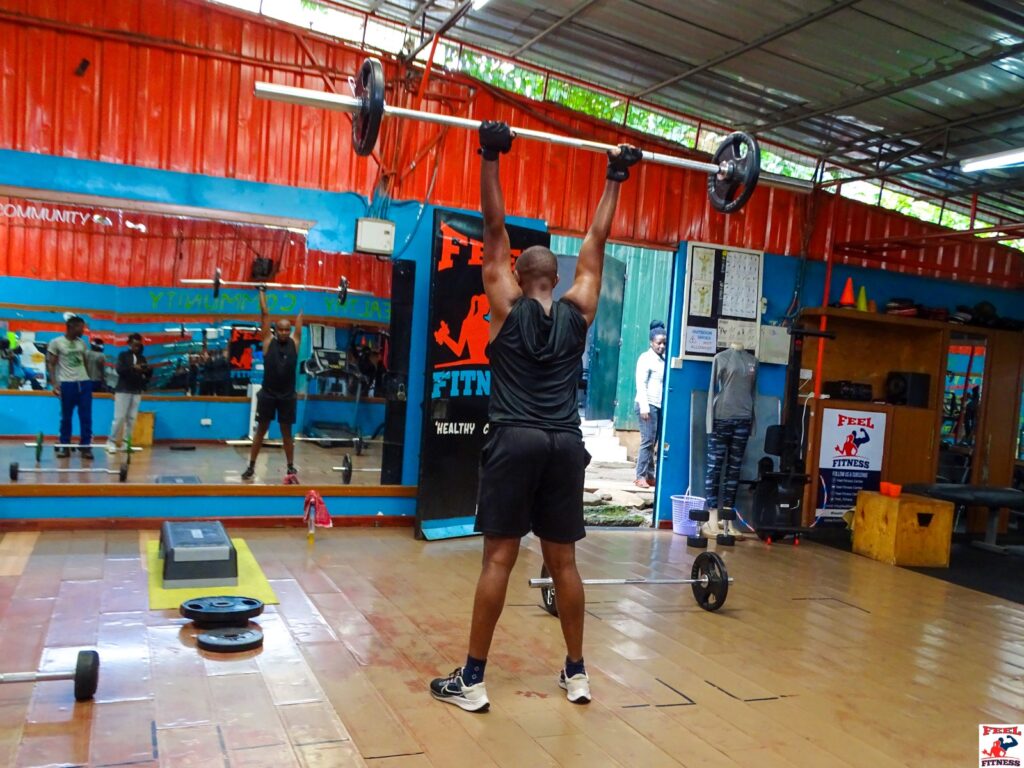
Try new movements that use different muscles or even the same muscles but in different ways. The emergence of the functional training method is a great avenue that you can explore. Functional training is a term used to describe exercises that help you perform activities in everyday life more easily. These exercises typically use the whole body — definitely multiple muscles — and emphasize core strength and stability
Why Is Functional Training Good?
Functional training is great for building speed, agility, and improving cardiovascular health. When done correctly, not only does this type of training improve those core muscles in the lower back and abdomen, it also improves posture, increases range of motion. The whole point of functional fitness is to teach the body to work smarter and be stronger in more efficient ways.
Try out different moves.
At Feel Fitness Center, we’ve got more tricks up our sleeves than a magician in a muscle suit! From kettle-bells to battle ropes, we’ve got all the tools to make your muscles wonder what hit them. And who needs a circus when you’ve got box jumps, Bosu-balls, and weighted bags to play with? But wait, there’s more! Ever seen a suspension trx training session? It’s like Spider-Man meets the gym. And stability balls? They’re not just for sitting on at your desk job anymore!
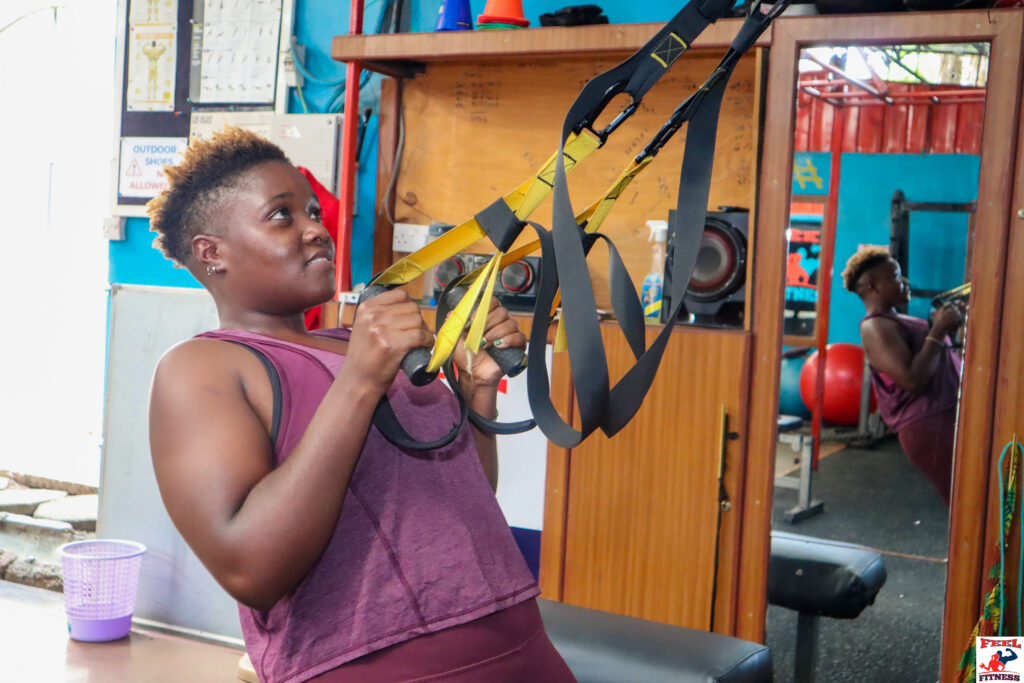
Feeling adventurous? Try your hand at snatches, cleans, and jerks. Yes, we’re talking about Olympic-level workouts! And let’s not forget about calisthenics—because why lift weights when you can lift yourself? But hey, it’s not all about sweating buckets and counting reps. Join our group walks, hikes, cycling groups, or obstacle races for a change of scenery. Who knows, you might even discover muscles you didn’t know existed! At Feel Fitness Center, we’re all about functional training because why just move when you can move better? So grab your towel and get ready to break sweat differently.
